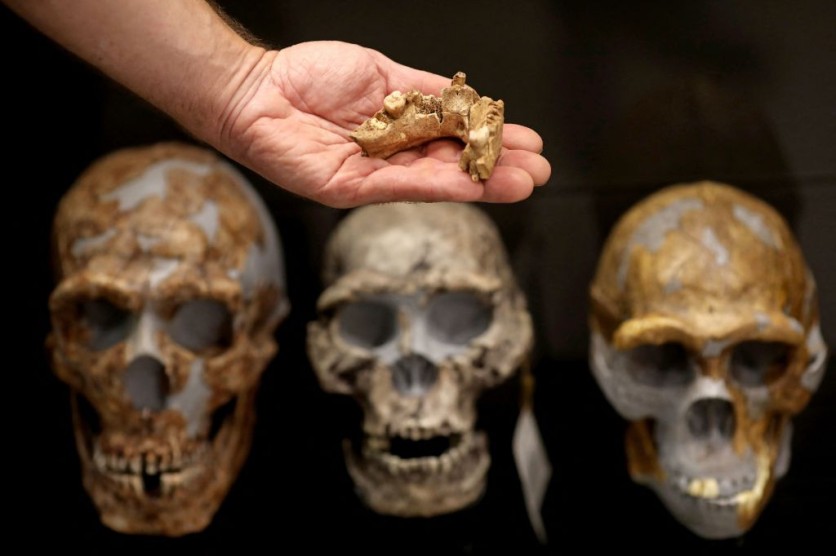One of the earliest human fossils ever found in Spain has been mistakenly labeled as a Neandertal for more than a century. It turns out that this fossil is not a Neandertal and may represent the oldest fossils of Homo sapiens ever recorded in Europe, according to researchers from Binghamton University.
The fossil jaw was found near Banyoles, Spain, in 1887, and researchers have been studying it over the last century.

Most scholars had typically connected the Banyoles fossil to the Neandertal species since it is thought to have been preserved between 45,000 and 65,000 years ago when Neandertals inhabited Europe.
The latest research used virtual methods, such as CT scanning the original fossil. This was utilized to recreate the fossil's missing pieces virtually and produced a 3D model for computer-based analysis.
The authors looked at how the Neandertals, our closest evolutionary relatives, and our own species, Homo sapiens, expressed distinctive traits on the jaw from Banyoles.
3D Geometric Morphometrics
The authors used a technique called "three-dimensional geometric morphometrics," which examines the geometric characteristics of the shape of the bone. This enables a direct comparison between the general shape of Banyoles and that of Neandertals and H. sapiens.
The study's findings revealed something somewhat unexpected: Banyoles did not exhibit any distinctive Neandertal characteristics and did not resemble Neandertals in general shape.
Although the expression of Banyoles' traits and overall shape looked to fit Homo sapiens better, the team found that these features are also found in earlier human species, making a quick identification of Homo sapiens difficult.
Banyoles also lacks a chin, which is one of the most distinctive characteristics of Homo sapiens mandibles, according to the research team.
The researchers ruled out the idea of a hybrid between Neandertals and H. sapiens to describe the anatomy of the Banyoles jaw because it did not share any distinctive traits with Neandertals.
The authors draw attention to the fact that some of the earliest fossilized Homo sapiens specimens from Africa, dating back more than 100,000 years before Banyoles, actually have less pronounced chins than contemporary populations.
New Human Species?
The research team came up with two hypotheses for what the Banyoles mandible might represent: either a member of a previously undiscovered population of Homo sapiens that lived alongside the Neandertals or a mixture between a member of this Homo sapiens group and an unknown non-Neandertal human species.
But the only fossils found from Europe at the time of Banyoles are Neandertals, lessening the likelihood of the latter theory.
"The present situation makes Banyoles a prime candidate for ancient DNA or proteomic analyses, which may shed additional light on its taxonomic affinities," the researchers concluded.

ⓒ 2025 TECHTIMES.com All rights reserved. Do not reproduce without permission.




